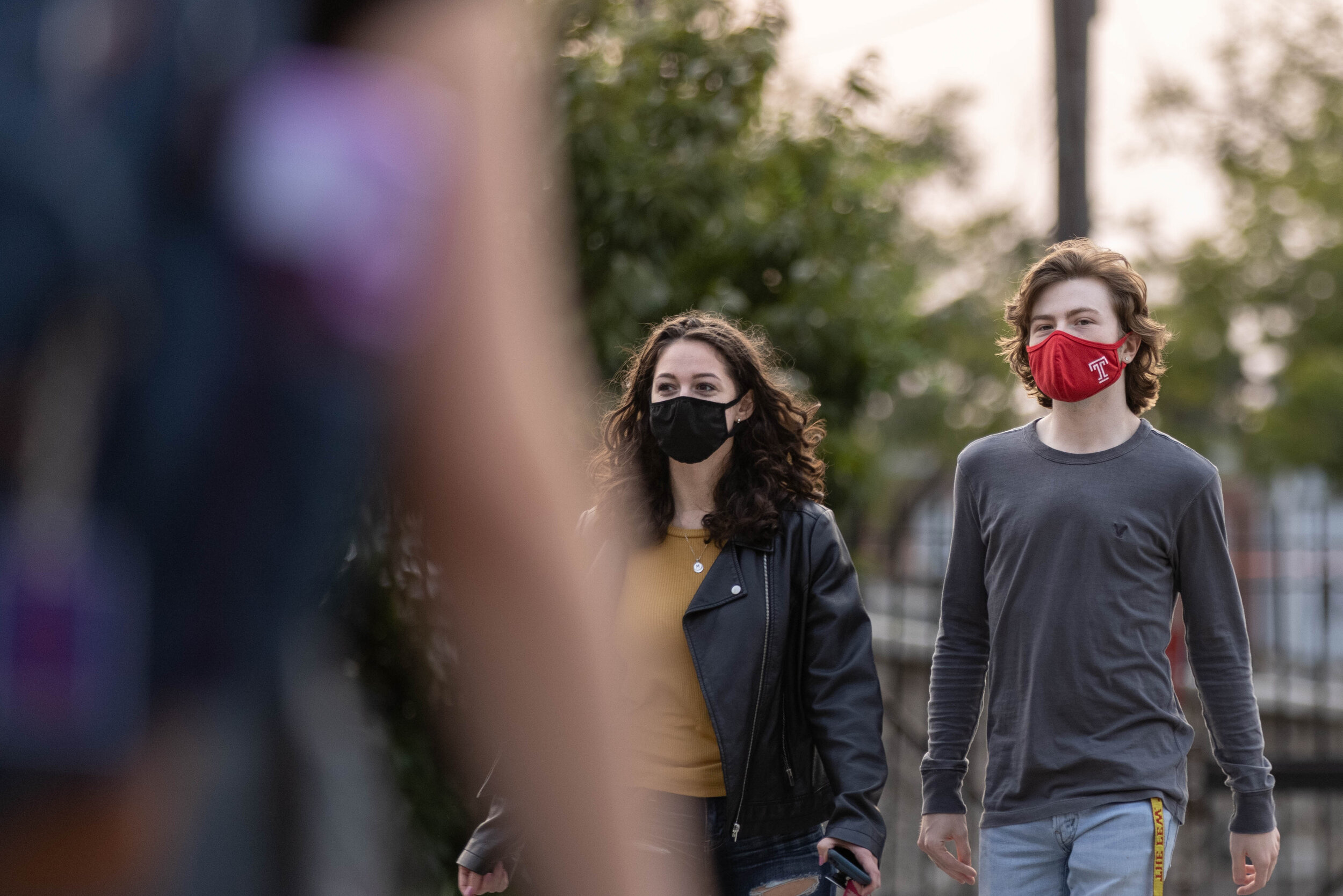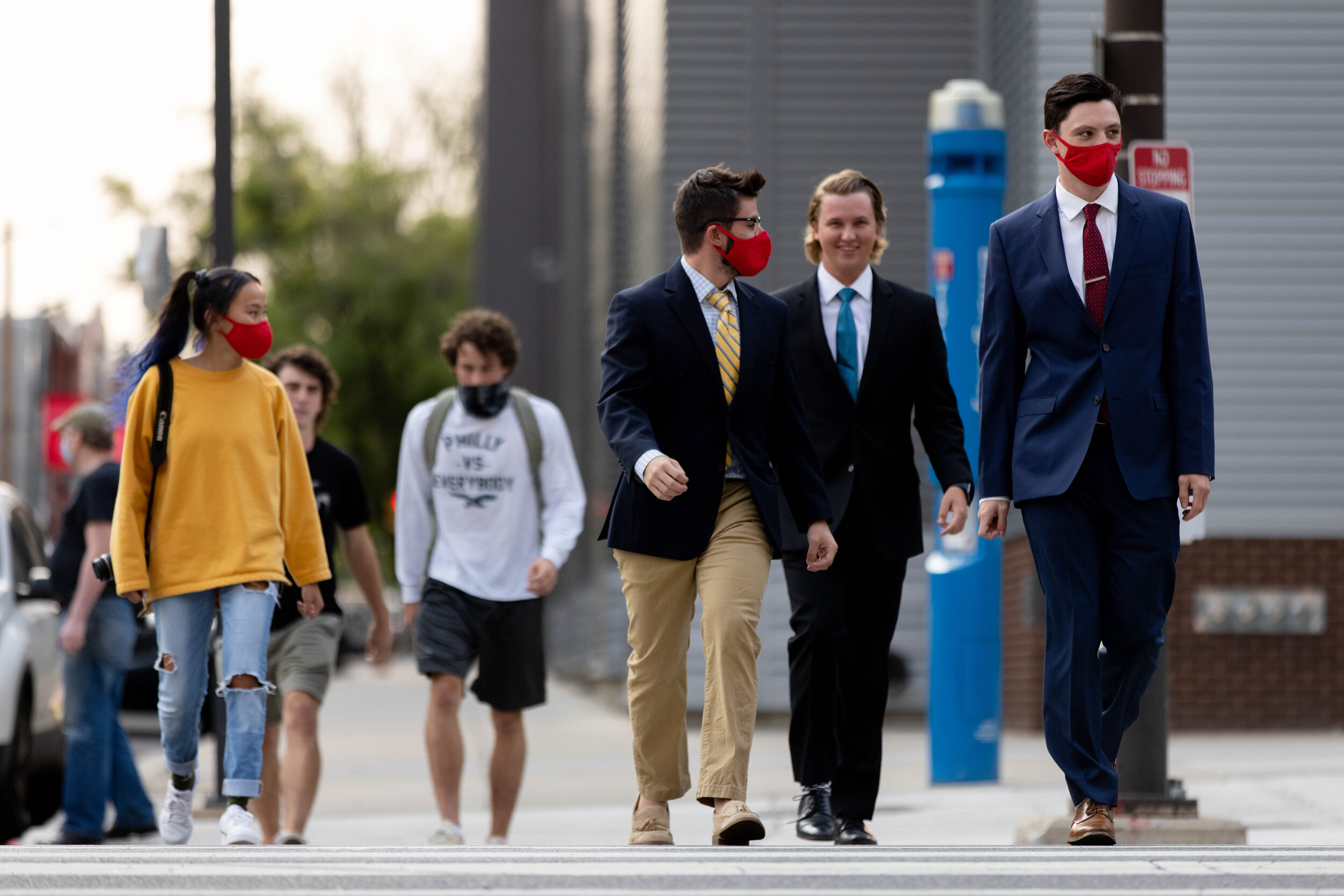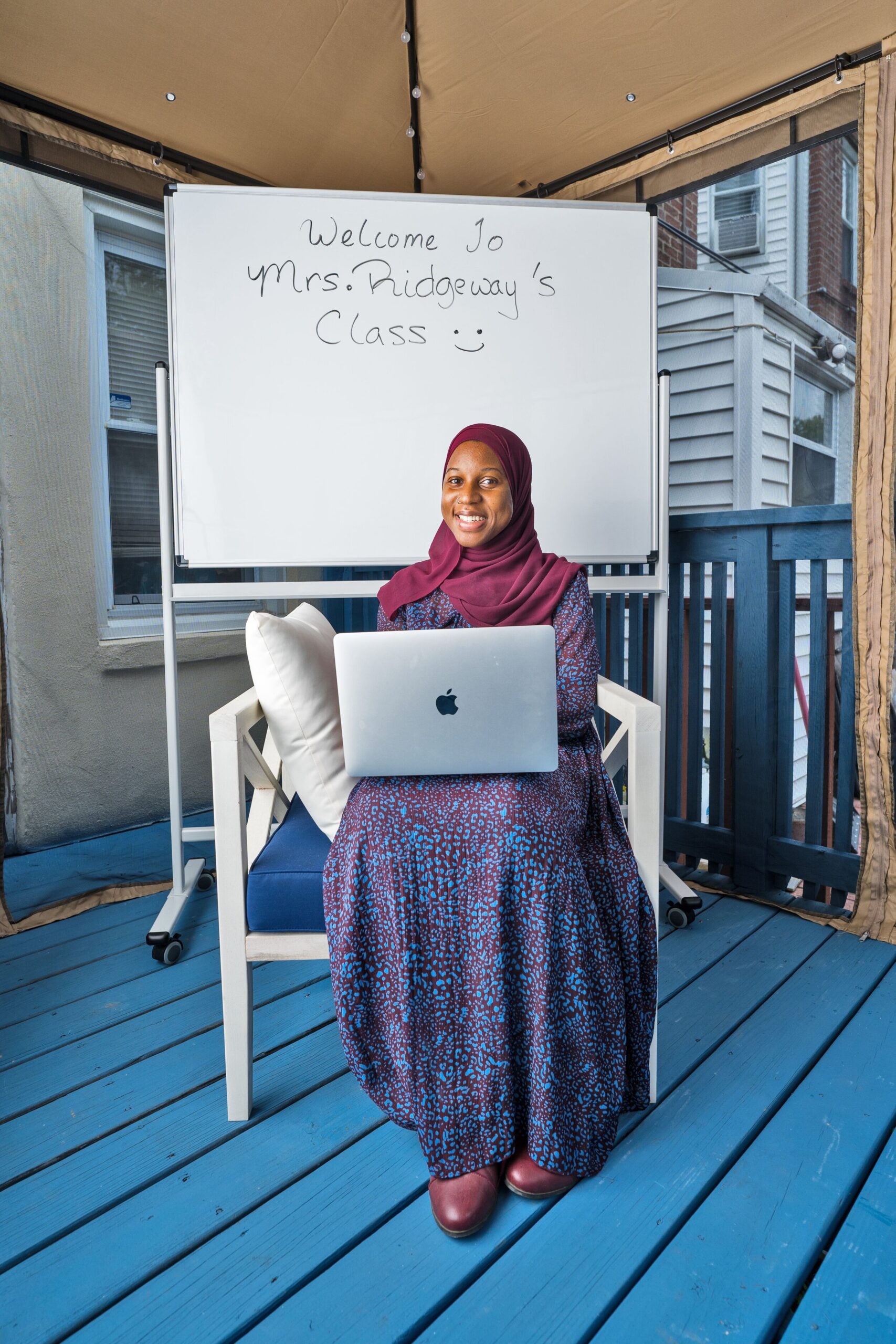The Class of 2020 didn’t attend prom, senior week, graduation parties, or various other rites of passage associated with graduating high school. Those graduates, now college freshmen, sit perched at their laptops from wherever they feel safest during a global pandemic.
“Missing out on the rest of my senior year, I just kept having the thought ‘It’s going to be okay. I’m going to move into college and see my friends then,’” says Kerri Peters, a 2020 Archbishop Ryan High School graduate slated to dorm at West Chester University this fall semester.
Peters remained at her parent’s house as the semester kicked off, jealous of her friends that got to move away.
“What sucks the most is watching other schools get to go on campus… It was something I was really excited to do,” she says.
West Chester University is a popular landing spot for Philadelphia students.
“The only people taking in-person classes are students taking labs and courses that need specific in-person instruction” says a representative from the University. In July, West Chester opted to switch to an all-online course load, however many of its campus facilities are open and allow for 50% capacity.

One of the schools that allowed students to move on campus was Temple University. Initially, Temple was offering hybrid scheduling allowing for 25% in person classes and 75% online classes. “The immediate intention at the time was to make sure that our students’ education could continue with as little interruption as possible,” says Raymond Betzner, assistant vice president of communications at Temple.
“I’m choosing to stay home because of COVID,” explains Temple sophomore Brian Kinkade. Kinkade is paying rent for off-campus housing, while living in Bucks County with his parents.
“There was a rapid rise over the two weeks we were there, seeing people walk around not caring. It was safer to just come home,” he says.
During the first two weeks of classes Temple tested 3,814 students, 8.3% of which tested positive for COVID-19. Betzner cites that Temple’s plan to reopen had been cleared by “Dr. Farley, the Department of Education, and department of health in the State, and a team of over 150 people including faculty researchers, medical professionals, and epidemiologists.”
“We had a staff member, one of our docs, individually work with each of the universities in the city. They would submit their plans to us, we’d review it,” explains James Garrow, the communications director for the Philadelphia Department of Public Health. After reviewing each college’s reopening plans, providing feedback, and approving those plans; the City left implementation of those plans in the hands of the universities.
Garrow cited the City’s Guidelines for Reopening Colleges and Universities which highlights crowd size limitation, ventilation, and communication strategies. The guidelines failed to mention issues like off-campus housing and social gatherings which would prove to be more dynamic obstacles for universities. The City’s guidelines proved to be too little too late as the Department of Public Health published them on August 31, one week after Temple’s classes started and its outbreak was at its worst.
When asked “How big of a priority were colleges moving into the fall?” Garrow responded, “definitely not that big.”
On September 3, Temple suspended in-person classes.
“The data was pretty clear. That’s what drove the decision to go to a blend that has 95% online and about 5% still in the classroom,” he continues. The 5% of students still attending in-person classes are in fields that require an in-person element, “nursing, physical therapy, occupational therapy, and studio arts students,” Betzner lists.
“I prefer online classes. When we switched last semester, I found it to be easier for me,” proclaims Temple sophomore Brian Kinkade.
Out of the college students interviewed for this article, he was the lone interviewee that expressed that sentiment. Kinkade followed up: “At the same time paying the same tuition for online classes is a bit ridiculous, but I get it.” Kinkade is not alone in feeling short-changed by his university.
“We were on a hybrid schedule. There were some classes being held on campus, some online,” Olivia Bellito, a senior at Chestnut Hill College, explains. “They collected tuition then two weeks before the semester started, they went fully online. They did refund housing, but there was no change in tuition.”
Chestnut Hill College declined to comment.
Rhea Katzman, a senior at Drexel University has a more specific qualm with her tuition citing a specific $790 “university fee” meant to fund facilities on campus that were closed due to COVID.
“We pay this fee every term on top of tuition to maintain facilities like the gym, the arts college, the studios, the film equipment room, whatever. They charged us for that, but we have no access to it,” Katzman explained. Students at Drexel University are still paying full tuition despite the fact that Drexel’s Online courses are advertised to be 40% cheaper per credit.
Temple, like Drexel, continues to charge full-tuition despite classes being moved online for the majority of its 30,000 undergraduate students. Lynn Darby, a Temple University student and the organizer of “Refund Us TU” is taking action.
“We’re trying to organize the student body to stand against Temple still charging us full tuition despite playing us and telling us we’re coming back in person, then moving us online a week later.” Darby was out raising awareness for Refund Us TU out front of the Constitution Center during President Trump’s visit to Philadelphia and his flyers can be spotted on campus.
When asked if this switch is fair to students, Temple administrator Raymond Betzner pushed back.
“One of the chief benefits is the faculty member whose teaching you, right? I mean, you’re still being taught by the exact same faculty, whether they’re standing in front of you in a classroom or whether it’s being taught online,” Betzner says, going on to express that there are online alternatives for clubs, counseling services, and library resources.
Professors cite that students have difficulty paying attention in online classes and students cite that professors are not adapting to online class well either.
“When I say that I love Temple, I typically mean that I love the professors and the people, but some professors don’t know how to use Zoom,” says Temple senior Daisy Confoy.
Sherri Hope Culver, an Associate Professor at Temple University, explained instructors were mandated to take online courses offered through Temple’s Center for the Advancement of Teaching to better equip them for online teaching. Required assignments aside, Culver expressed that professors come with a varying level of proficiency with tech.
“There’s no question that at a university with so many professors, you’re going to have a wide array of competencies,” she says.
Confoy went on to explain that she interacts far less with her teachers and other students now. “The amount of class sections where we meet at the same time every week has decreased. Normally on a Tuesday, Thursday class we meet twice a week, now it’s just once a week. I have a class that doesn’t meet synchronously at all, so it’s on us to watch lectures and do the assignments, there’s essentially no direct communication with the professors,” she explains.
College students across the country have had to familiarize themselves with the asynchronous classes and synchronous classes. Synchronous courses are the pre-COVID standard, classes with a set meeting time with an instructor followed by assignments, papers, and exams. Asynchronous courses, on the other hand, are self-guided courses with no set meeting time.
Professor Culver currently teaches two synchronous and one asynchronous. “My preference would be for everything to be synchronous just because it feels a little more like you’re in class,” says Culver. “You can have conversations with students in real time, it feels more like a face to face environment.”
The issues that the coronavirus have caused for colleges and their students are vast and complex. Temple sophomore Brian Kinkade is paying rent for an apartment he’s not living in, West Chester freshman Kerri Peters is considering the switch to Community College, and Drexel Senior Rhea Katzman doesn’t have access to campus mental health services.
On top of those day to day decisions, students are forced to face the exorbitant cost of a college education while living through the second major economic recession of their lifetime. While classes go fully online, students are forced to reevaluate the value of a college degree.
The students interviewed for this piece continually brought up that they were “missing out on college experience” while professors and administrators emphasized the importance of “getting students to graduation.”
Students feel that they are paying for more than an education, to them college is meant to be an experience. Little did the freshman class in 2020 know that their college experience would have more in common with the class of 1918 than the class of 2018.
According to Harvard Magazine, during the 1918 Spanish Flu pandemic, “School officials regulated dining halls to avoid crowding, and… prohibited students from entering public spaces, shops, or streetcars, requiring them to stay inside a bounded area within Cambridge.”
Walking through Temple’s campus, the chatter of students was muffled by masks. Campus was active but depleted. Most food trucks were closed, seats in the brand-new Charles Library were socially distanced, and students sat in groups of one or two on benches across campus. No campus preachers, no Red Bull brand ambassadors, and no political activists. There was a vibrancy and bustle to Temple’s campus, but with far less students and far more masks than normal.
With no vaccine in sight, the near future of education appears to be online. Students will continue to learn and professors will continue to teach despite the many hurdles in the way.
“We’re all doing the best we can,” says Professor Culver. “It’s a sucky situation and it will get better. It won’t be like this forever, but this is the way it is right now.”












